Stone-fired Pizza Temps: Perfect Crust at Home
We live in a golden age of home pizza making. With the advent of readily available stone-floor, fire-heated pizza ovens, home cooks have more access than ever to perfectly charred, bubbly-crusted pizza. Pizza oven companies now manufacture cookers for just about any size pizza (or patio) and the results they can churn out are fantastic. Given the prevalence of these fantastic new tools, we thought it would be worth our while to provide you with some pizza-oven temperature advice. We have the tools and temps you need to get the most out of your new pizza oven. Let’s sling some dough and get into it!
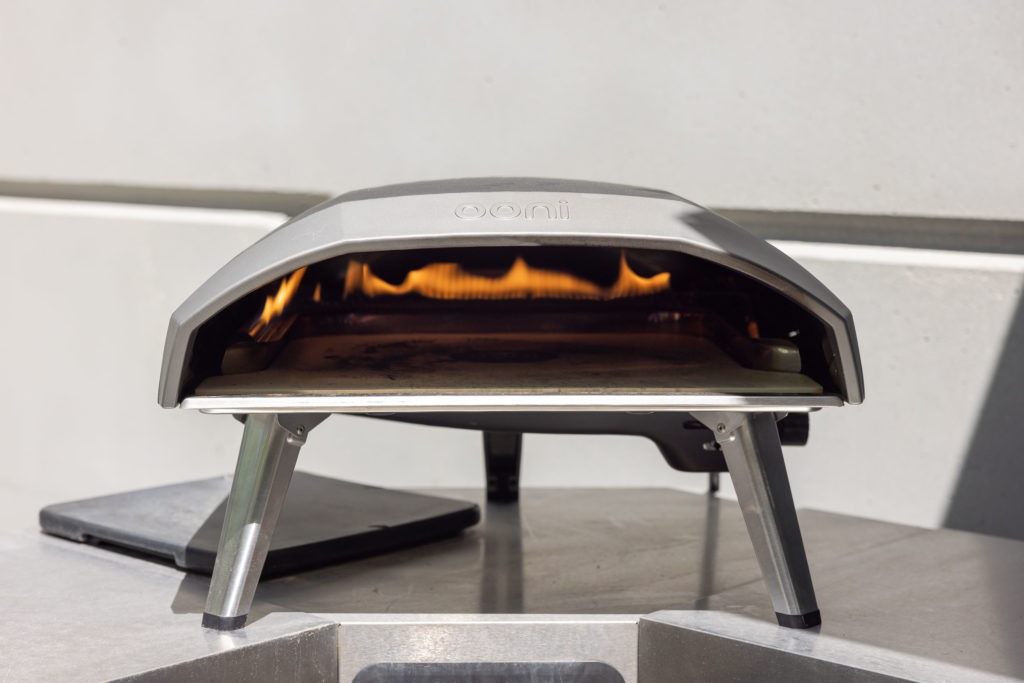
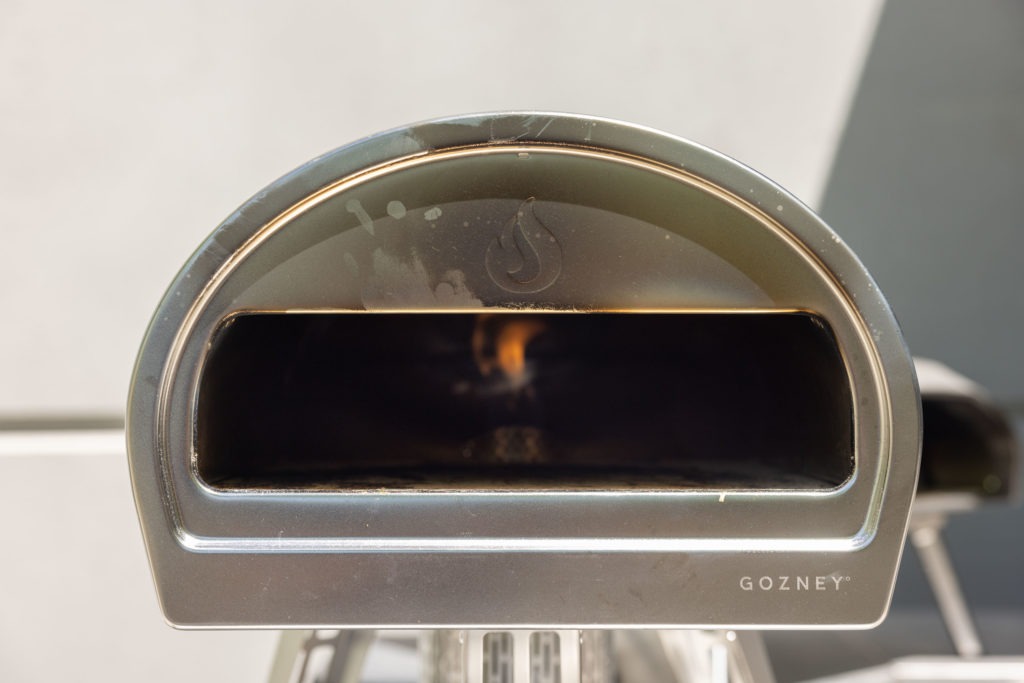
Perfect pizza…what is it?
There is no such thing as the perfect pizza, there are only perfect pizzas. So to say that these ovens produce amazing (dare we say perfect?) pies requires a bit of clarification. They make one style of pizza perfectly. They are not meant for Detroit-style pizza, or Chicago deep-dish: they are meant for Neapolitan/New York-style pizza with a thinner crust, a lighter sauce ratio, and a chewy dough. Though you can experiment with other styles, these ovens have that pizza as their core goal.
So what are we looking for? We’re looking for bubbly cheese, toppings with some crisping on them, and a crust that is not only fully cooked 1 but is itself also bubbly in places. The crust should also have some char in spots—called leoparding—for flavor and textural variation.
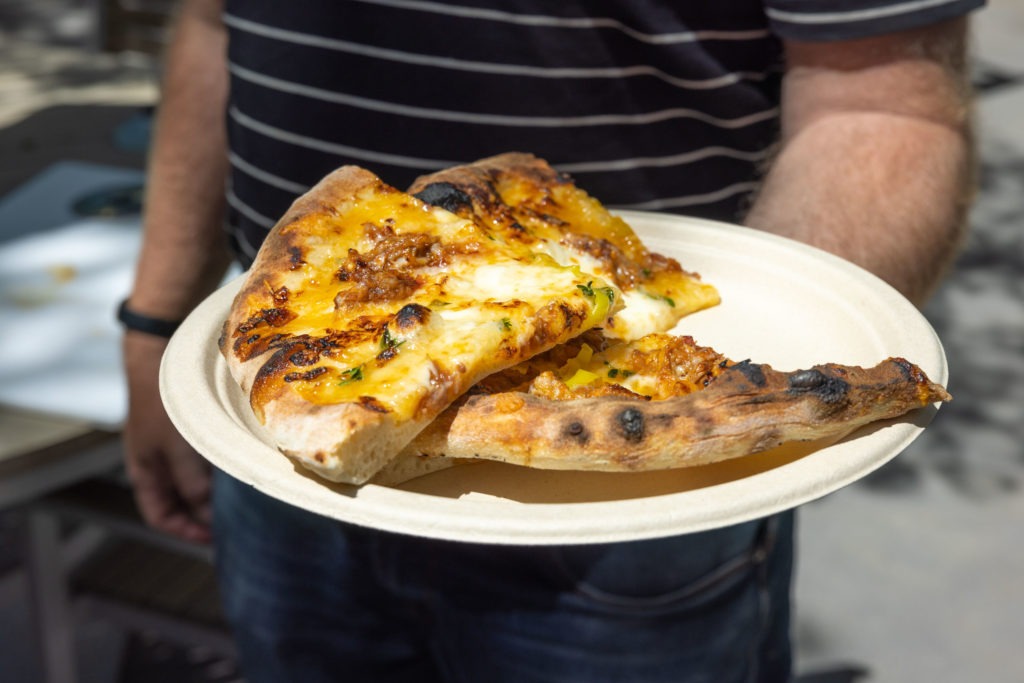
Once you have those basics, how you top it is almost irrelevant. Classic Margherita with crushed tomatoes, fresh mozz, and basil: beautiful. BBQ sauce, pulled pork, and onion: do it. Honey, goat’s cheese, thyme, and almond slivers, doused in olive oil: YES PLEASE. just remember that the thin crust can only handle so much sauce and toppings before it reaches critical mass and collapses in your hand. Go light and then go back for more on another pizza!
How a stone-fired pizza oven achieves perfect thin-crust pies
The keys to getting everything we want in this style of pizza lie in the name of the ovens: stone and fire. First, let’s talk about stone. The stones in pizza ovens are great at absorbing and slowly releasing heat—they have a fairly high thermal capacity but a relatively low thermal conductance. This means that when you slide your dough onto the stone deck of a pizza oven that is properly preheated, the stone can pump heat into the bottom of the pizza at just the right speed. The high thermal capacity ensures that the oven floor won’t get too cold if you cook several pizzas in a row, and the conductance means it doesn’t dump all its thermal energy into the dough at once, burning it. Thus, perfectly cooked pizza that isn’t doughy.
Then comes the fire. Whether your oven is gas-powered, wood-fired, or dual-fuel, fire is a key element. These ovens burn hot—like hot hot. That fire-heat gets the cheese bubbly and the toppings toasty, charring the crust just perfectly in as little as 90 seconds. (Different ovens cook at different speeds, but some can finish a pizza that quickly.) The high-heat of the flame is necessary to get everything done, and to get it done fast!
What temperature should my pizza oven be?
I mentioned above that a “properly preheated” oven is what you need, but what does that mean? Well, it basically means that the oven dome and floor have reached a temperature somewhere in the mid-700°F range (350–412°C). And the best way to know if you’ve hit that pre-heating target is to use an accurate infrared thermometer like the Industrial IR with Circle Laser (IRK-2). IRK-2 can handle any temperature you’re likely to encounter in a pizza oven, can easily switch between Celsius and Fahrenheit, and has adjustable emissivity. (A super clean oven could have an emissivity as low as 0.7, a “well-used” oven will be closer to 0.95). Test your stone floor and your dome before you start cooking pizzas to make sure your oven is ready.
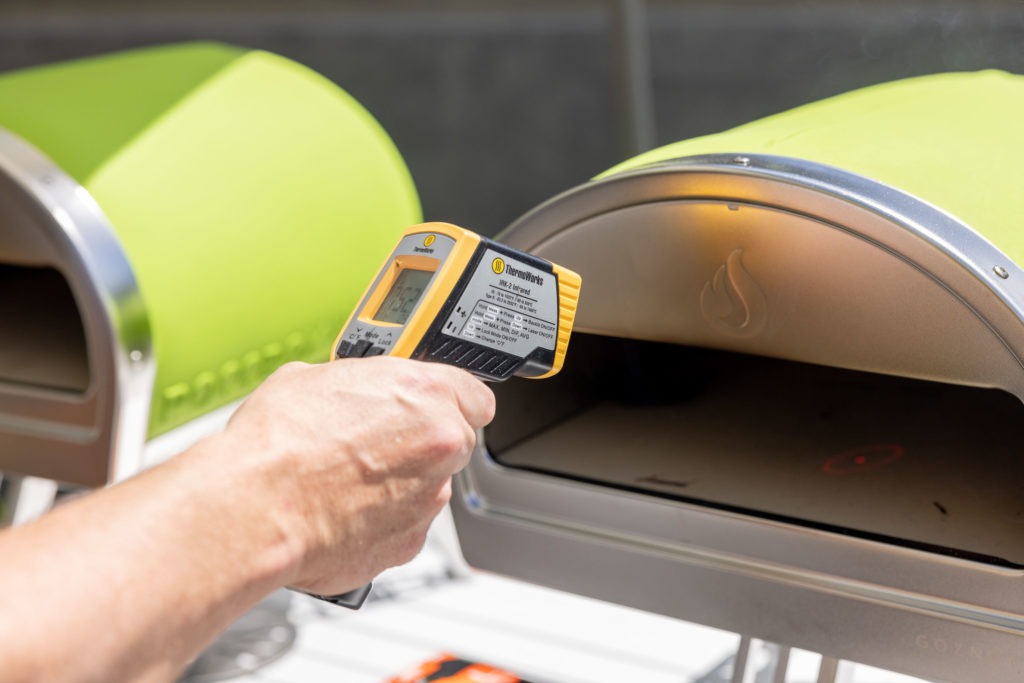
You’ll learn the best temperature for your oven geometry and dough recipe (you can get a good one from our post on how to grill pizza), then, once you know it, you can preheat to that temperature every time.
As you continue to cook your pizzas, monitor the floor and walls of the oven from time to time, making sure that the flame that is maintaining the temperature is neither too low nor too hot.
Don’t look away from your pizza!
When I say that you shouldn’t look away from your pizza I mean two things. First, these ovens will burn a pizza in the time it takes to have a short conversation with someone standing close by. You’ll need to be rotating your pies as they cook, moving paler crust closer to the flame. If you don’t want your cheese to ignite or your crust to turn to charcoal don’t take your focus off your oven!
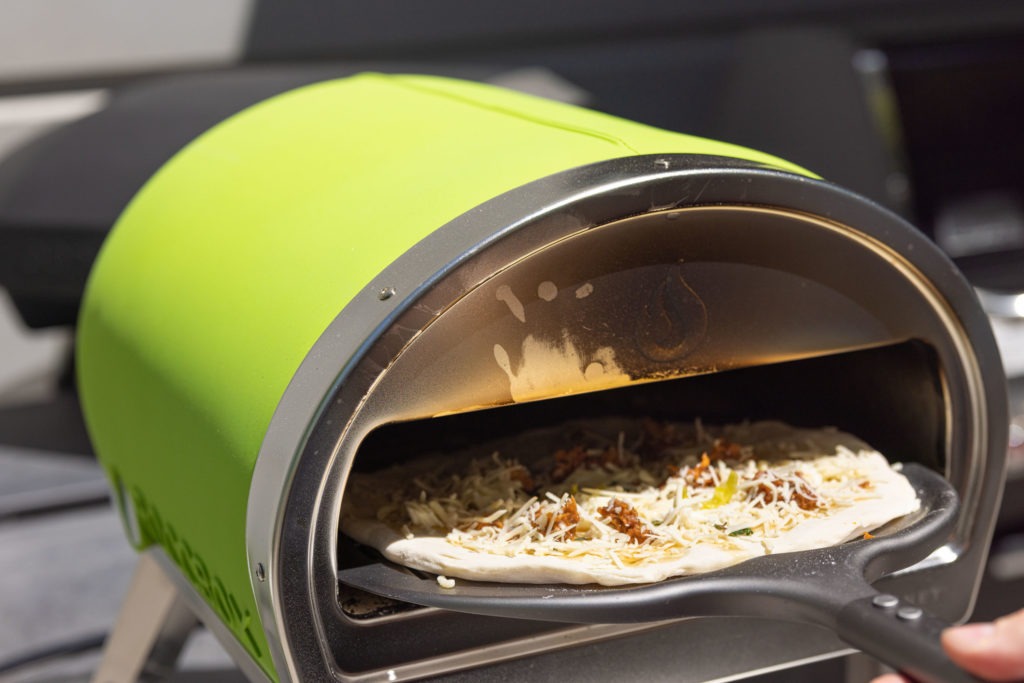
Second, once your pizza is cooked, someone is likely to steal your slice if you’re not wary. It’s just that tasty!
Thermal tip for bubbly cheese
One tip that professional pizzaiolos know is that a pizza needs to be domed right before it leaves the oven. Doming is when you use a pizza peel to lift a pizza up close to the roof of the pizza oven to broil in the direct, radiant heat of the hot stones. The dome of the oven catches all the heat produced by the flame and absorbs a lot of it. When you lift the pizza up close to the ceiling, it gets blasted by that heat, bubbling the cheese up and giving it that wonderful browning.
Doming will turn cheese that is simply melted into cheese that is browned and bubbly and beautiful.
You obviously don’t want to slap your pizza against the top of the oven; just hold it close to the ceiling. How long do you hold it for? It depends on your oven and its temperature. It won’t be long. This is a great time to engage your sense of hearing. Listen for the sputter and bubble of the pizza singing to know that it has reached peak tastiness.
These new pizza ovens are fun. You can make up a large batch of dough, ball it up to proof, and set out a buffet of toppings, then show your friends how hot the oven is with your IRK-2, give them a demo on how to cook a pie, and let them go to town, dressing and baking their own pies. Pizza parties are back—and better than ever—thanks to intense radiant heat from above and a hot stone floor that is operating at just the right temperature.
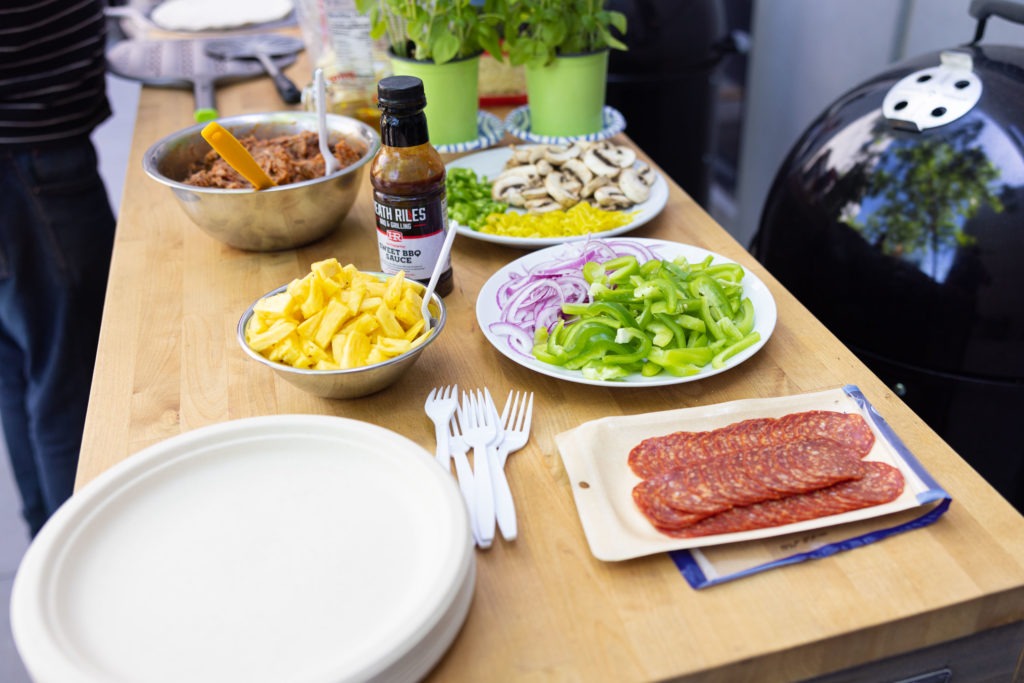
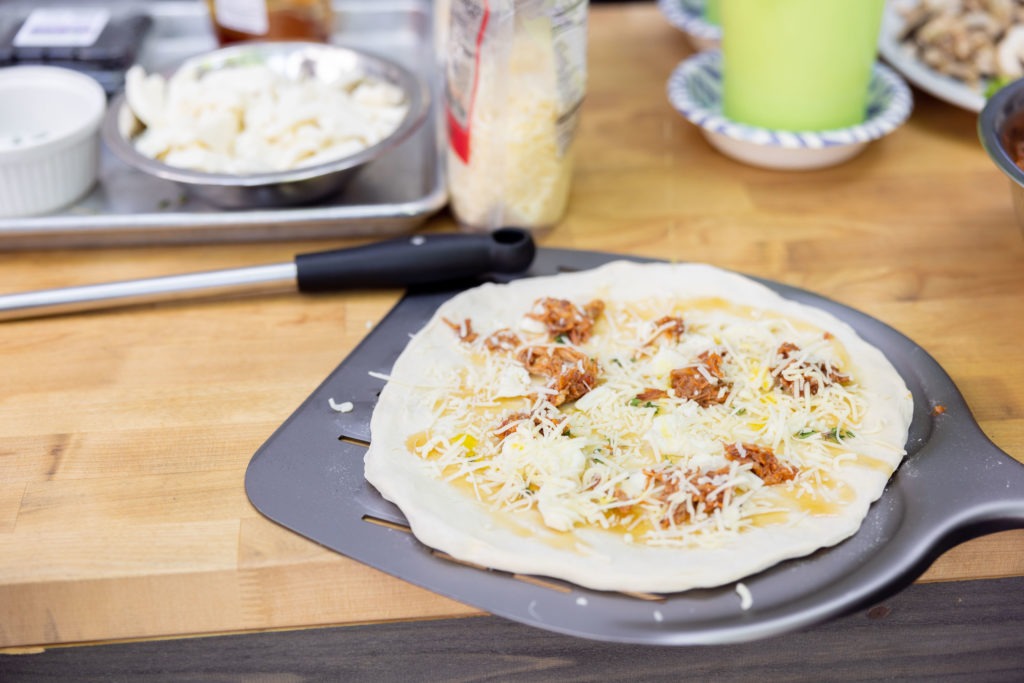
Shop now for products used in this post:
keep your underdone doughy crust away↩


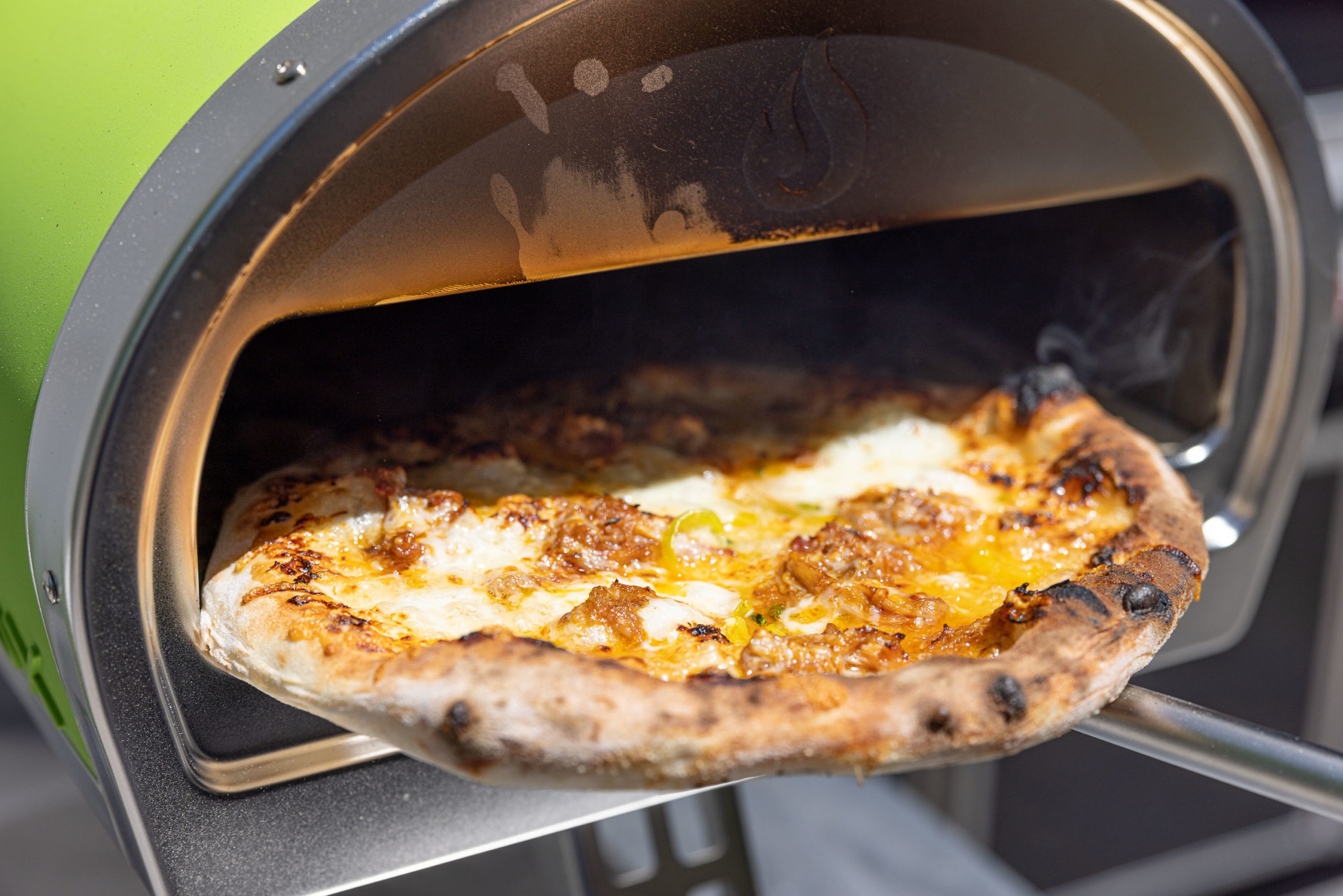
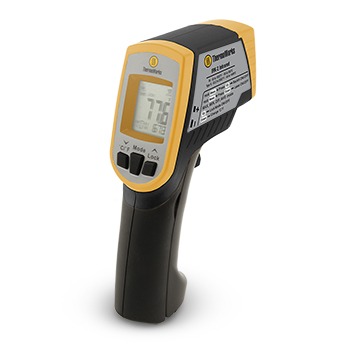
What do you recommend for a small stone oven like the ones pictured?
I quite liked the Gozney Roccbox (the green one in the images).
Great article on the pizza oven! Which oven is featured? Do you sell one, or have a recommendation? Thanks!
Rob
We used a Roccbox from Gozney and an Ooni, both were great. Do don’t sell any ovens, but both of those brands are excellent pieces.
What pizza oven is the green one featured in the photos?
It’s the Roccbox from Gozney, and it performed like a champ.
Great article
I love my Roccbox and have good success getting our pizzas soft and crunchy. What I’ve found is that I preheat at full throttle until the temp gauge just gets to the red then turn gas back to minimum setting to cook pizzas I also check with my thermo IR gun to be sure floor of oven is ready I have found that the oven can be so hot when gas is on the max that the top will cook faster than bottom. I hate soggy bottom pizza so I found that the bottom cooks more to my liking with the heat dialed back . I also preheat the turning peel which helps the bottom to get more crunchy as you are definitely spinning the pizza within a minute and a cold peel will slow the bottom cooking down and can also cause sticking. Speaking of sticking we use plenty of Semolina flour between uncooked pizza and peel so that it slides off easily into oven
Do you have a recipe for the pizza dough?
Yes! Go here: Pizza dough
Can you make the pizza on a flat steel grill instead of a stone provided the temp is equal to the pizza oven??
Absolutely!